What is TSS in cycling - and how can understanding it improve your fitness?
We take you through the benefits - and the limitations - of this key cycling metric
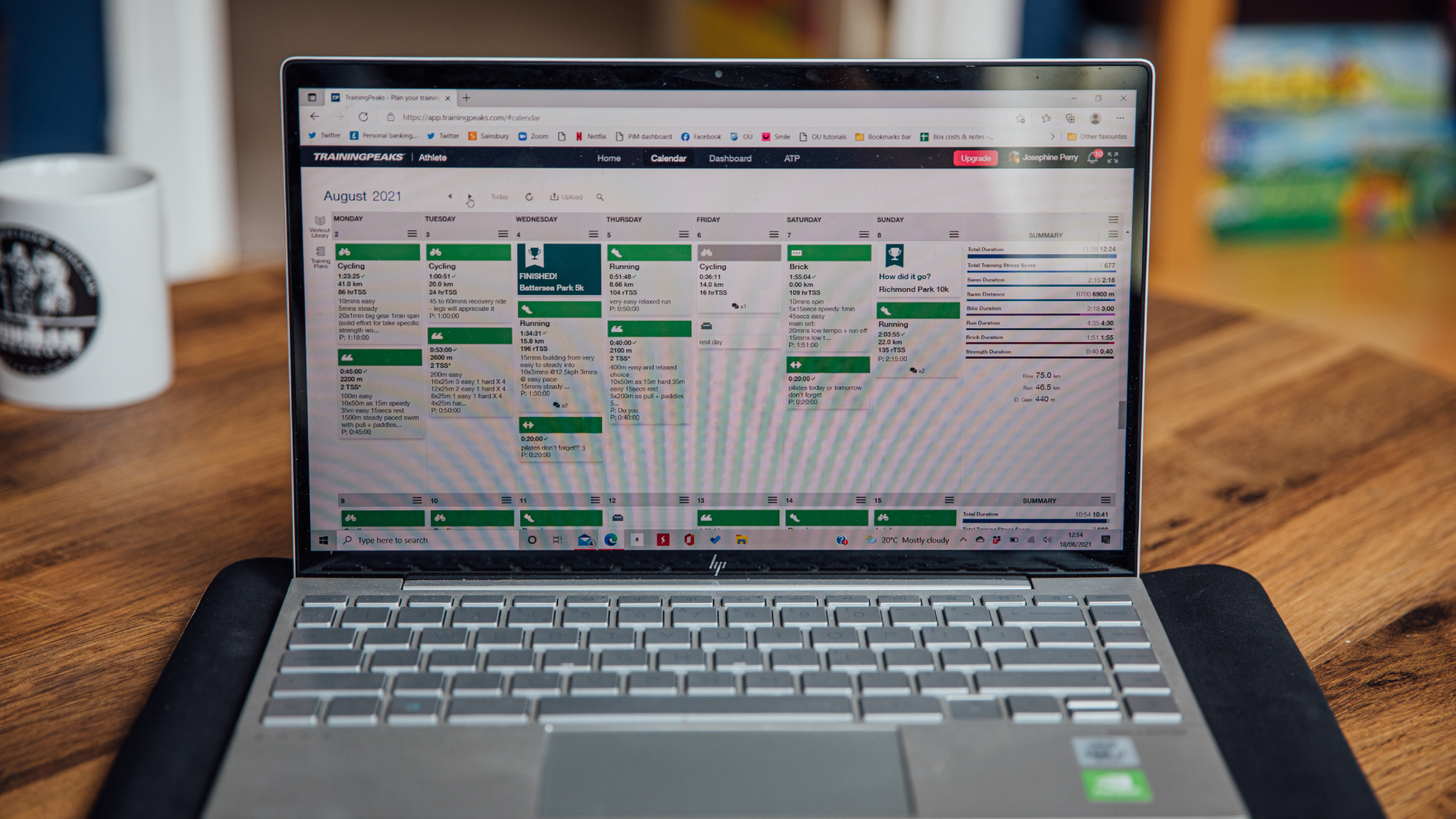
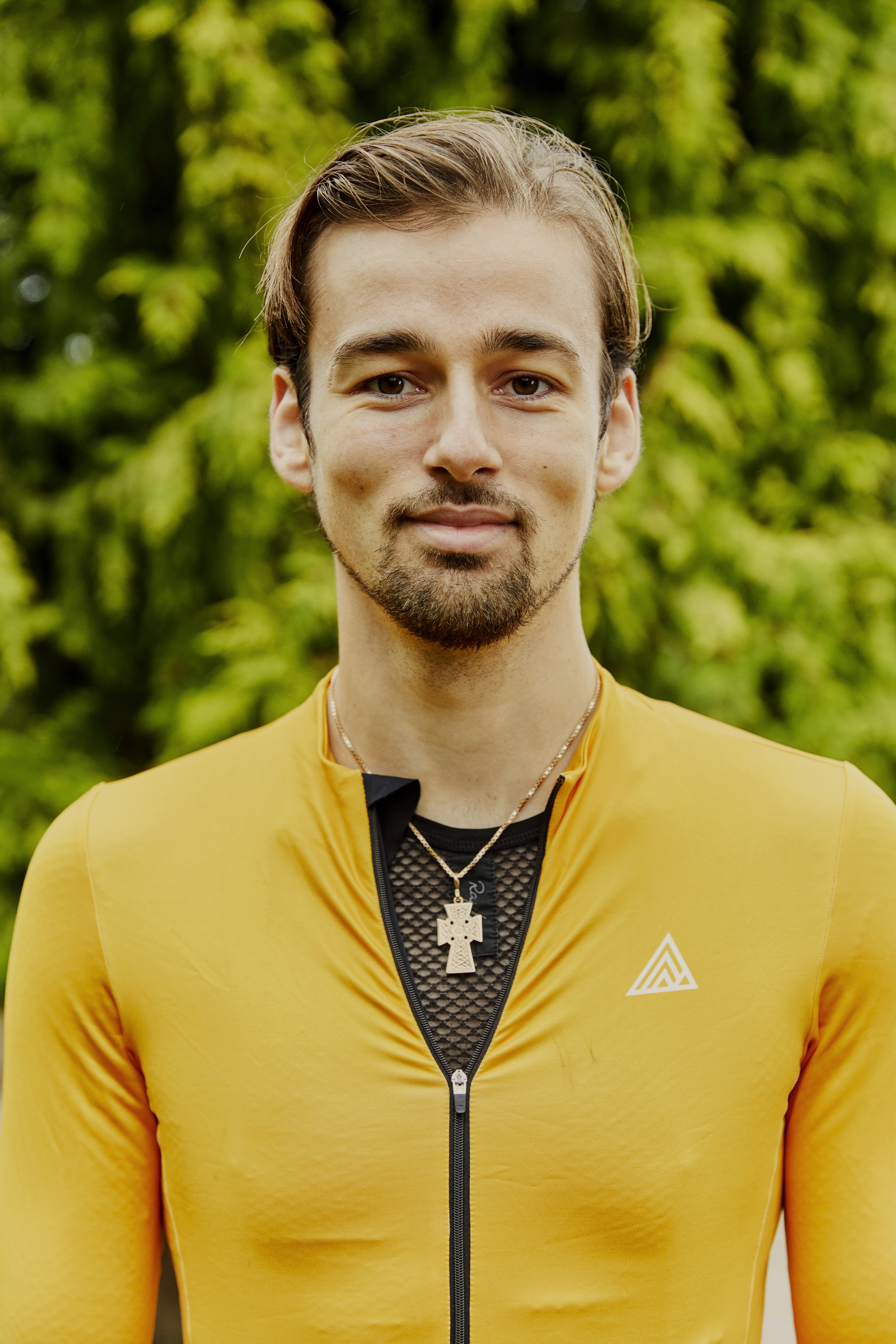
You might have come across the initialism TSS if you're a user of training apps such as Training Peaks - or even just in the context of your riding buddies talking about how much TSS they accumulated in a week or on a given ride.
At its simplest, TSS stands for 'Training Stress Score' - but there's much more to the term than just that. We'll take you through how the number is calculated and how to use this information in your training to help maximise your fitness gains.
What is TSS in cycling?
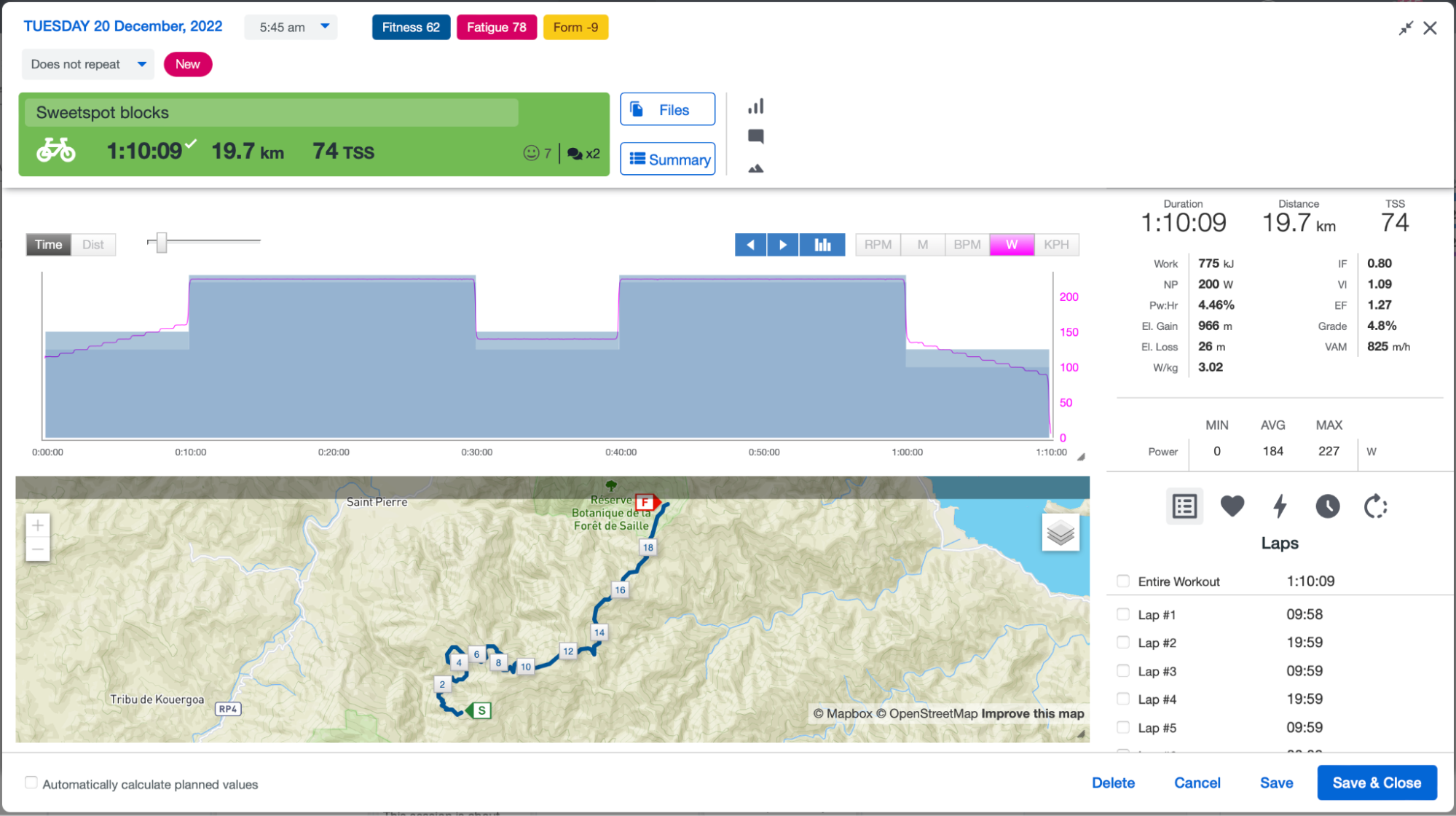
TSS in cycling comes from the amount of time you spend training and the intensity of that training relative to your Functional Threshold Power (FTP). It is built upon the heart rate training stress metric, TRIMP (training-impulse), but it is supposed to be more accurate for efforts where effort level varies out of sync with your heart rate - such as sprints, where your heart rate doesn't match the power you're putting out, and recovery, where your heart rate may still remain elevated whilst your power output is lower.
To calculate TSS in cycling, we need to know a few things about our ride. Firstly, we need the duration, and for the sake of argument here we’re going to say one hour.
Next we need the Normalised Power (NP), which gives us an estimated relative effort in watts. For instance, you could ride at a constant 200 watts, or you could ride at 180 watts with but a few all-out 10 second sprints - both rides might come to an average (mean) wattage of 200 watts, but the ride with the sprints will have been more physically taxing.
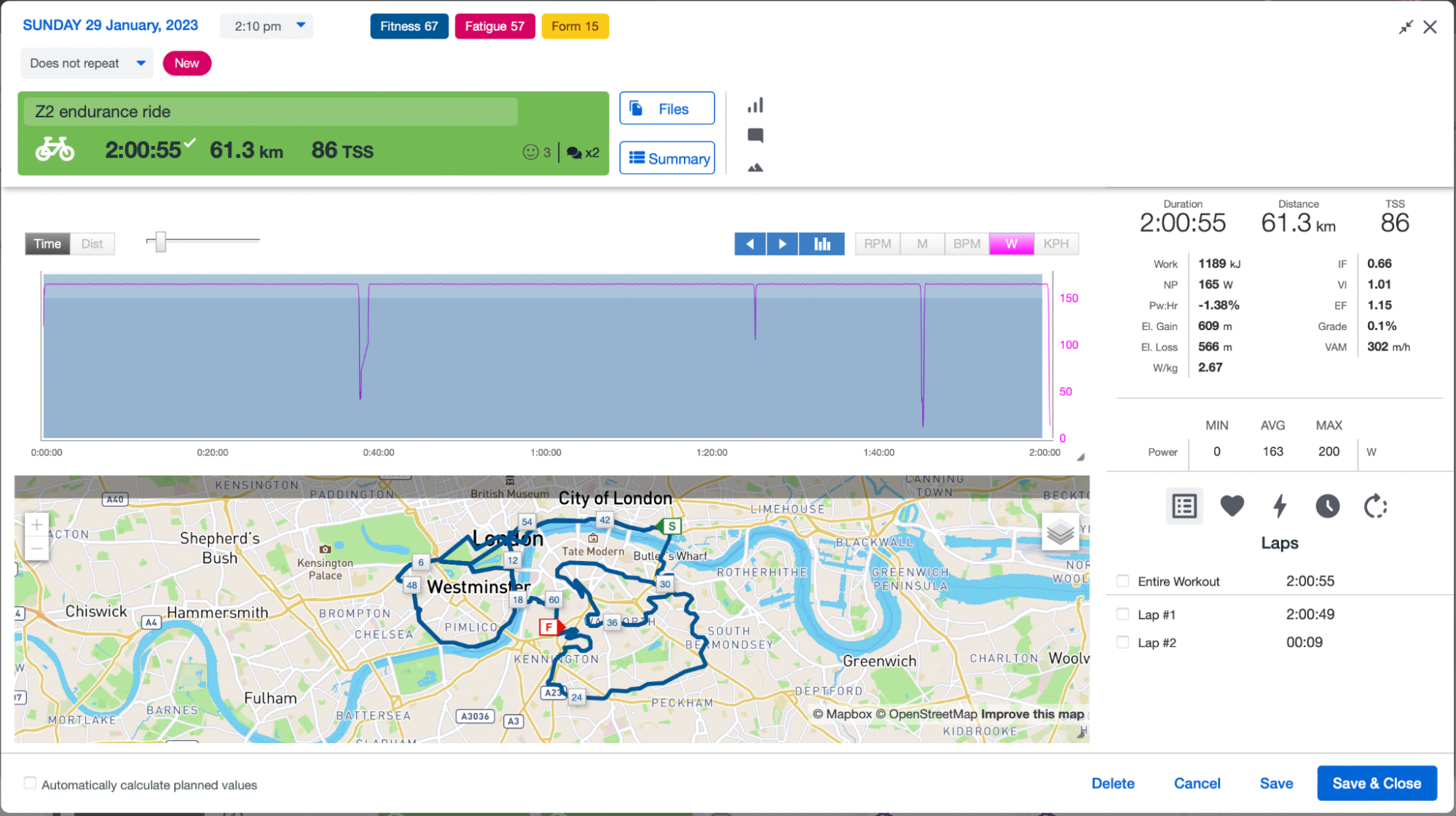
Normalised Power captures the physiological stress of riding at higher intensities and adjusts the 'average' watts accordingly. In the example above, although the mean wattage is 200 watts in both cases, the ride with the sprints might have an NP of 250 watts to reflect the harder work. The idea being that if your effort was steady rather than spikey, you would have been able to have held 250 watts for the whole duration.
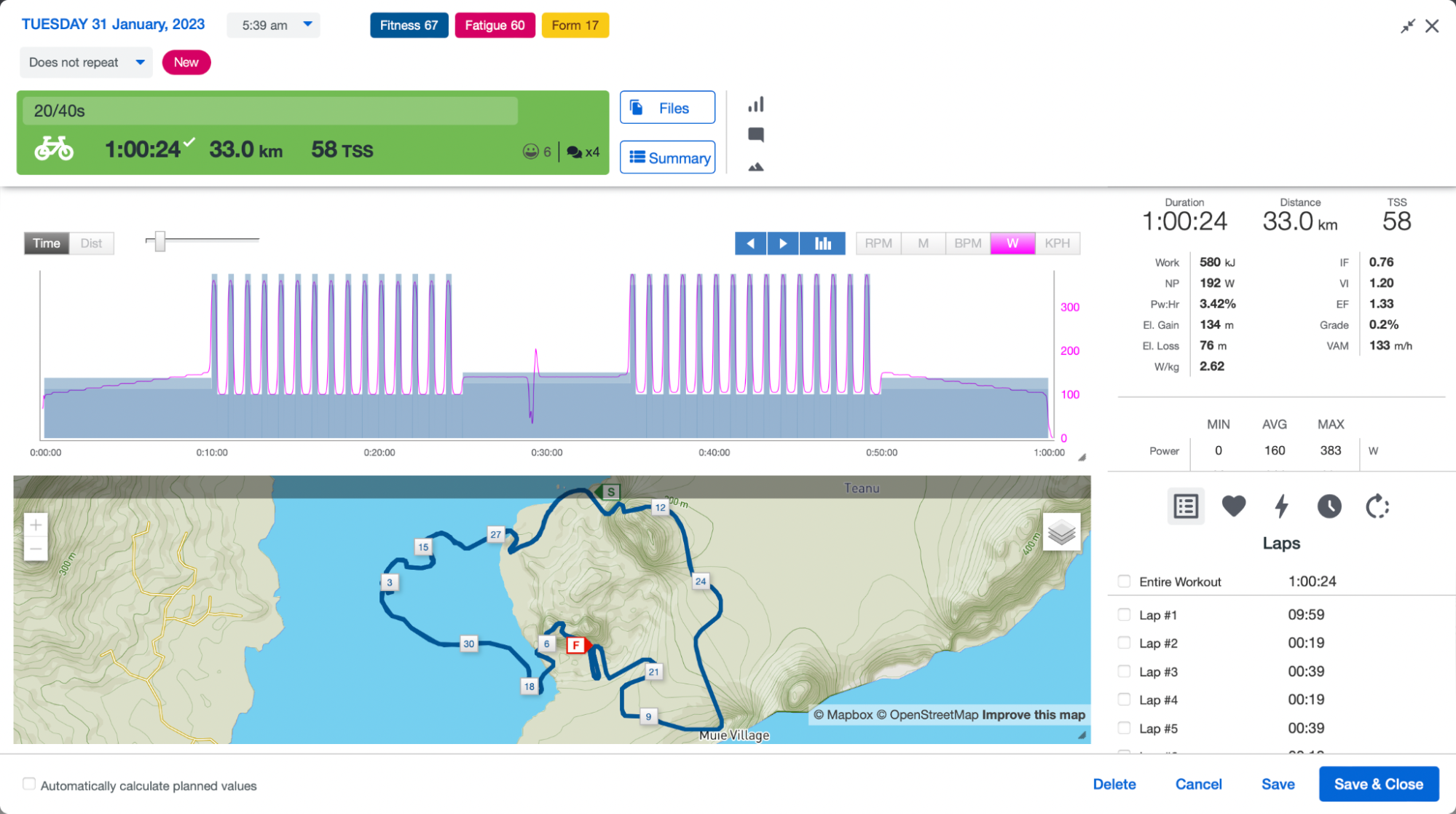
In calculating TSS, your NP is compared to your FTP and this gives the Intensity Factor (IF) of your ride. So, if your NP is 200 watts and your FTP is 250 watts, then the IF would be 0.8 (because 200 divided by 250 is 0.8). So, one hour at 200 NP is equal to a TSS of 64.
Get The Leadout Newsletter
The latest race content, interviews, features, reviews and expert buying guides, direct to your inbox!
TSS in cycling is then used within Training Peaks - and some other of the best cycling apps, to determine your CTL (chronic training load), ATL (acute training load) and TSB (training stress balance). Also known as Fitness, Fatigue and Form in Strava's parlance.
CTL is based on your daily TSS score over the last 42 days, so a CTL of 100 would mean your average TSS per day was 100 for the last 42 days.
ATL is based off of the seven day average daily TSS and TSB is the balance of the two. Generally with a higher fitness (CTL) there is a higher resistance to fatigue (ATL), and when CTL is high and ATL is low, TSB is high.
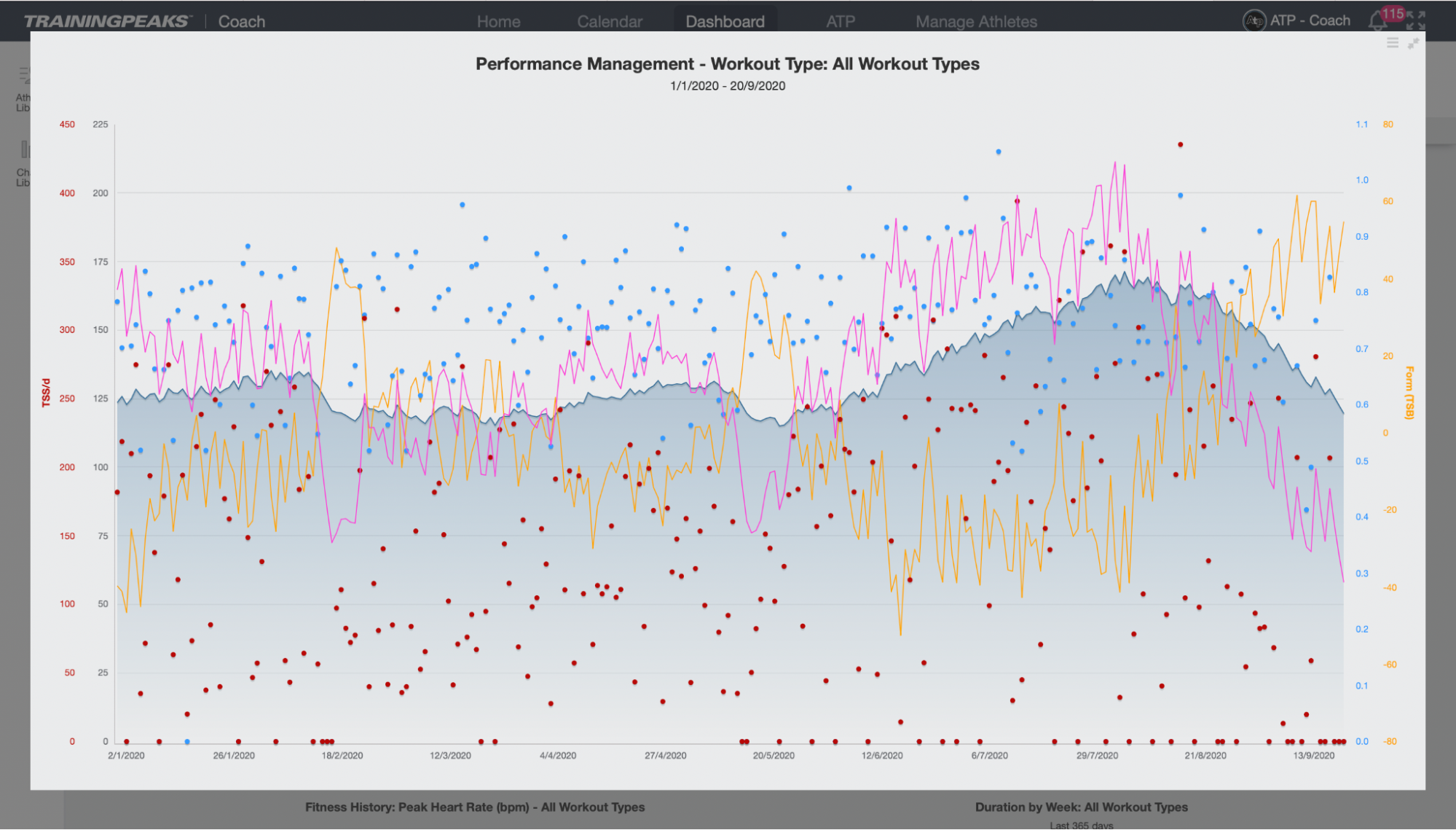
Or, to put it in words rather than initialisms and numbers, when you train you build up your Fitness - but also Fatigue. You'll want to balance your training so that you don't accrue excessive amounts of Fatigue as you're building your fitness, otherwise your performance will suffer.
The good news is that Fatigue dissipates more quickly than your Fitness. So, over time, you will be able to build more Fitness without accruing excessive amounts of Fatigue. Similarly, when it comes to tapering for a race or big event, if you reduce your training load, then your Fatigue will plummet much faster than your Fitness, thereby increasing your Form - which is simply just the balance of your Fitness and Fatigue.
When your Fitness and Form are both high, then you'll achieve your best performances - but that state doesn't hang around for long, as your Fitness will slowly continue to decrease if you keep your Fatigue low for an extended period of time.
What are the benefits of TSS in cycling?
TSS in cycling can be a useful way of determining whether you are training enough, or training too much. For those who have gotten the TrainingPeaks coaching qualification, there are guidelines on there for the range of TSS people should be targeting depending on what events they are aiming for. So for road racing, the weekly TSS range is 290 – 1230, based on what level you are racing at. For targeting a single day-long ride of less than 6 hours long, the range is 290 – 740.
When looking at progressing your training, it is important to do it at the correct rate. Going from say a weekly TSS of 300, straight up to 800 or more would likely cause a few issues. Both increasing the intensity or duration need to be done at an appropriate rate so as to avoid over training (over stressing), and possible overuse injuries.
This is where CTL, ATL and TSB come in useful. If our ATL goes up too high compared to our CTL, we will feel very tired! This is why coaches will work with their athletes to determine appropriate CTL ramp rates based on the daily and weekly TSS scores. So a CTL ramp rate may be 3 points per week, so as to avoid ATL going up too high. To do this, daily TSS and weekly TSS will be taken into account so as to get the right rate of progress.
What are the constraints of TSS in cycling?
However, not all TSS is equal. One of the reasons the professionals do so much high volume training at a low power output (Zone Two training) is that you can maximise the amount of TSS you can generate in a session without excessive fatigue. It’s a lot easier to do 6 hours at an IF of 0.7 with a TSS of 300, than 3 hours at threshold (not really possible) to get 300 TSS too.
The reason is that when we exercise at above our first lactate threshold, we start to generate fatigue mechanisms such as hydrogen ions, inorganic phosphate, neuromuscular fatigue, and substrate limitation (running out of food). These fatigue mechanisms increase the fatigue that we feel after a session and increase the time for our bodies to recover.
That’s not to say the 6 hour Z2 ride isn’t stressful, but it is stressful in a different sort of way. TSS is not able to differentiate between these or take into account fatigue metabolites above a certain intensity. It does try to take this into account a bit, as riding at 70 per cent of FTP requires double the time to accumulate the same TSS as riding at 100 per cent of it.
Another downside is that TSS is derived purely on FTP and no other power metrics. If someone has a strong sprint compared to their FTP, they will get inflated TSS scores. Let’s take two riders, we have rider A who is a lanky climber with an FTP of 400 watts, and a sprint of 1200 watts, good numbers!
We also have rider B, who is a sprinter with an FTP of 300 watts and a sprint of 1800 watts. When rider A does a ride with 10 x 10 second sprints, they get a TSS score of 3 points per sprint, as that is three times their FTP. Rider B does the same session but gets a score of 6 points per sprint, because they are working at six times their FTP.
Both riders have done exactly the same physiological effort, using all of their Type 2B muscle fibres and their phosphocreatine system to generate power with a maximal effort and each reaching HRmax. But Rider B is given a greater TSS due to their rider type. This is why it is important to consider the overall power profile when gauging TSS, and also not to follow TSS by law or compare with others.
This leads to the next issue, TSS and CTL chasing. This occurs when people take the view that CTL (fitness) being higher must equate to greater performance. In some regards, there is some fact to this, but TSS chasing can lead to inflated CTL values without actual gains in fitness.
The way to boost TSS as much as possible, is by riding at the higher sustainable power that you can maintain for longer durations. The best way to do this is to ride at Tempo or Sweetspot for long periods of time. This will boost up certain fitness elements, but to a certain point focussing exclusively no this can be very detrimental for performance as we need variations in training stimulus. So tempo and sweetspot have their place, but shouldn’t be used exclusively for chasing TSS/CTL scores.
Don’t know your LT1 from your LT2, your W/kg from your W’? Be sure to check out our A to Z of training jargon, our guide to understanding the fitness terms that matter.

Thank you for reading 20 articles this month* Join now for unlimited access
Enjoy your first month for just £1 / $1 / €1
*Read 5 free articles per month without a subscription

Join now for unlimited access
Try first month for just £1 / $1 / €1
Andy is a Sport & Exercise Scientist, fully qualified and experienced Cycling Coach, Sports Director, Freelance Writer, and Performance Consultant. He spent 3 years riding for a UCI cycling team and 7 years as a BC Elite rider, competing in prestigious events such as the Tour of Britain and the Volta a Portugal.
Graduating with a first-class honours degree in Sport & Exercise Sciences, he continues to pursue his interest in research in the field of Sport Science alongside managing his coaching business, ATP Performance. He also works as a Wind Tunnel operator and Performance Consultant at the Silverstone Sports Engineering Hub, working with individuals, teams, and businesses to optimise performance and develop products.
-
 Cycling's riders need more protection from mindless 'fans' at races to avoid another Mathieu van der Poel Paris-Roubaix bottle incident
Cycling's riders need more protection from mindless 'fans' at races to avoid another Mathieu van der Poel Paris-Roubaix bottle incidentCycling's authorities must do everything within their power to prevent spectators from assaulting riders
By Tom Thewlis Published
-
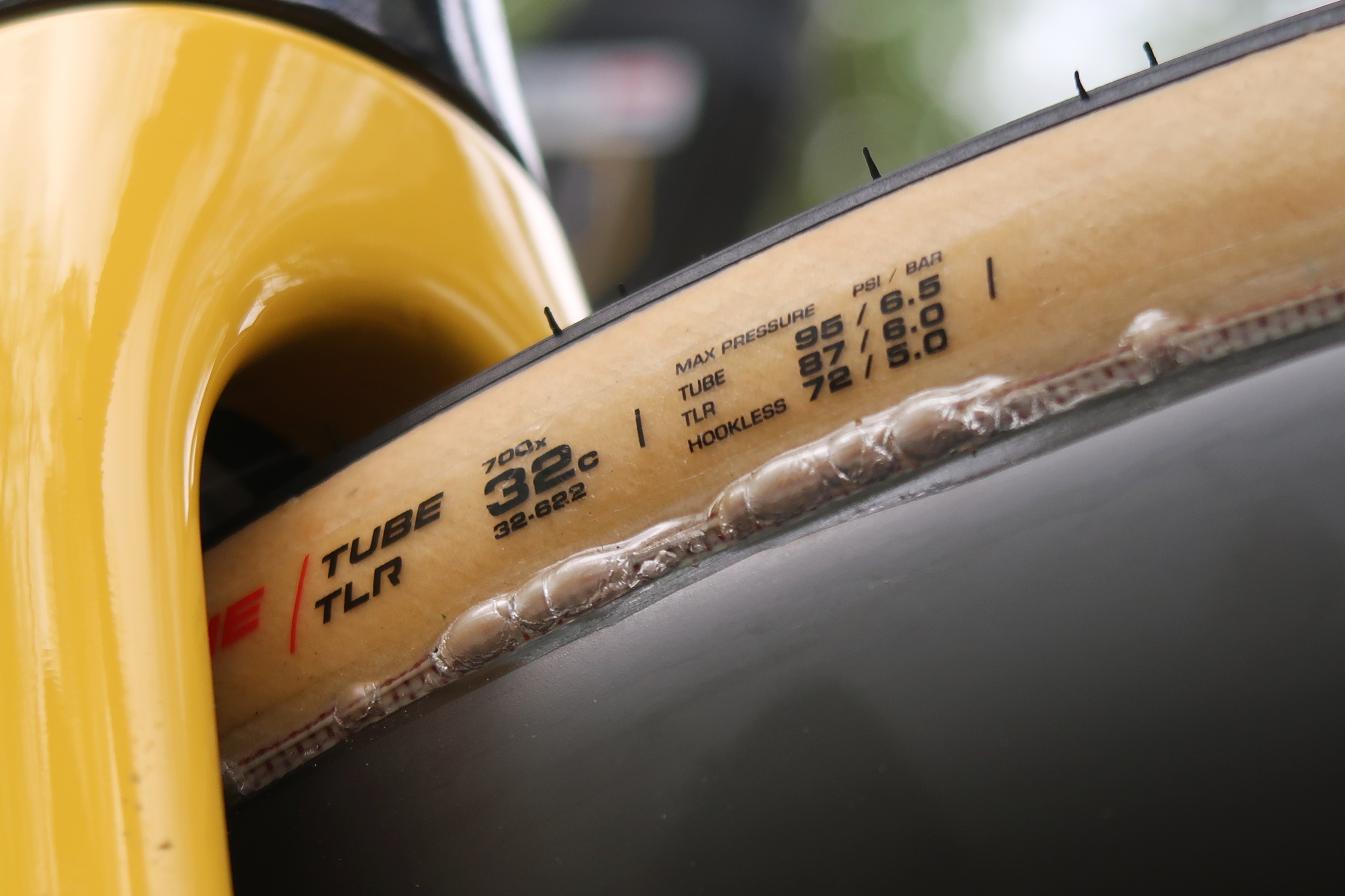 Why Paris-Roubaix 2025 is proof that road bike tyres still have a long way to go
Why Paris-Roubaix 2025 is proof that road bike tyres still have a long way to goParis-Roubaix bike tech could have wide implications for the many - here's why
By Joe Baker Published